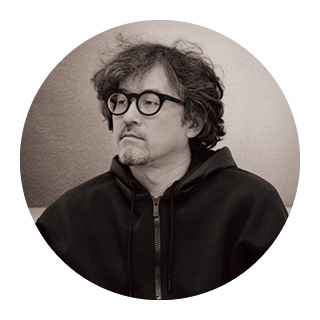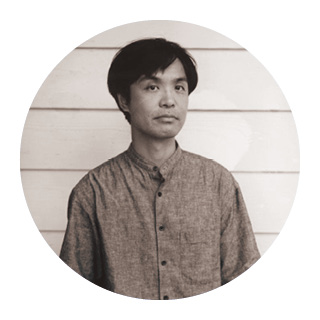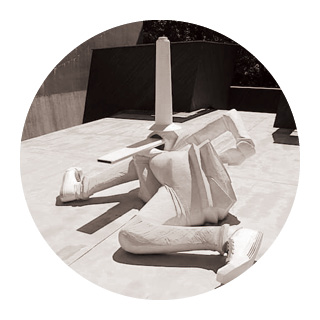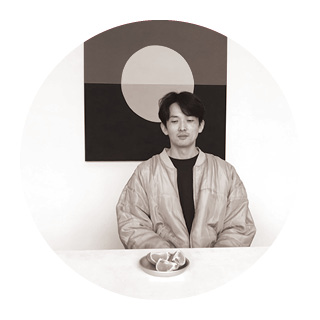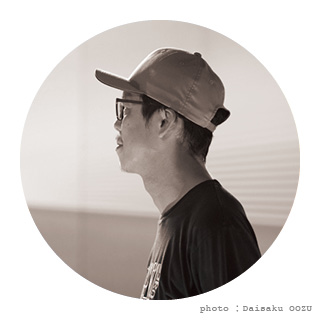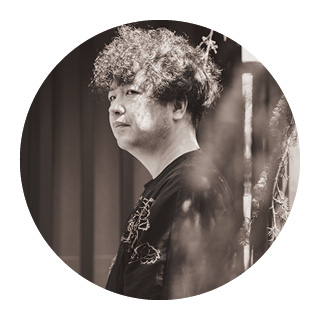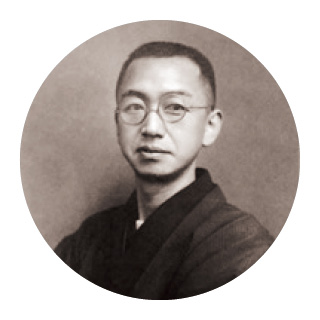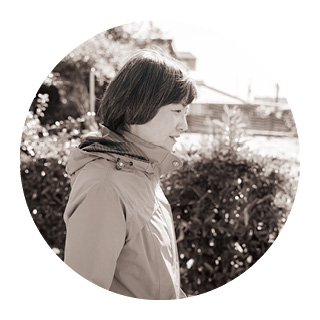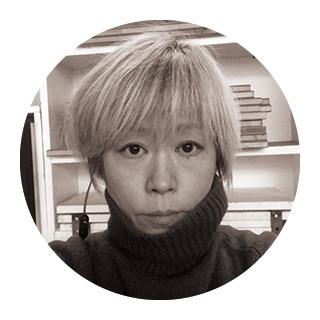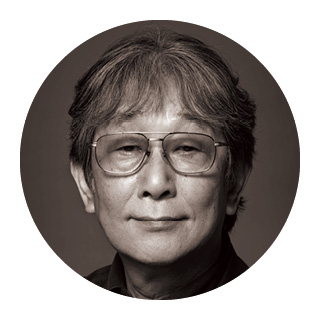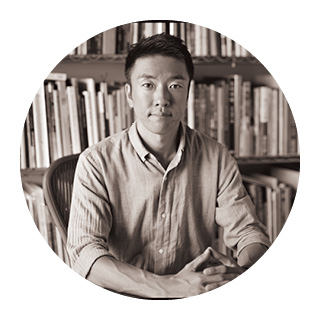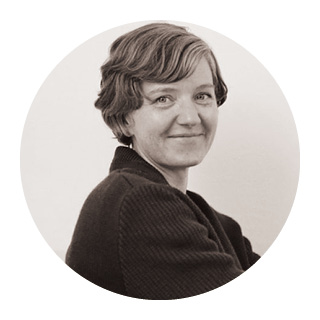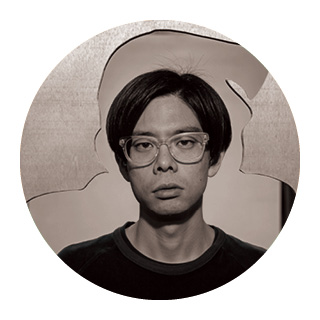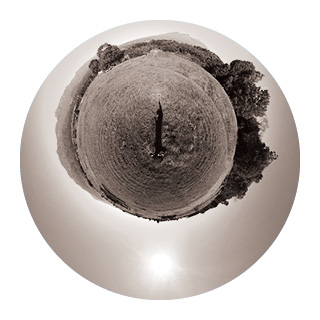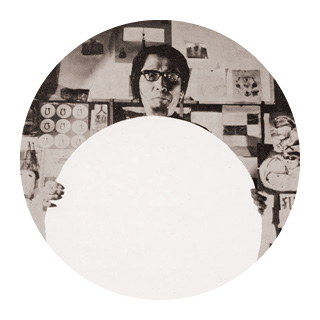
松澤宥
Yutaka Matsuzawa展示会場
大正11(1922)年、長野県諏訪郡下諏訪町生まれ。日本のコンセプチュアリズムの先駆者。昭和21(1946)年に早稲田大学理工学部建築学科を卒業、ほどなく下諏訪に戻った。昭和24(1949)年、詩集「地上の不滅」刊行。昭和27(1952)年、美術文化協会12回展に初出展。昭和30(1955)年、フルブライト留学生 として米国に学ぶ。
昭和33(1958)年、第10回読売アンデパンダン展に「唯心論シリーズ」を出展し、昭和38(1963)年まで毎年出展する。昭和39(1964)年「オブジェを消せ」という啓示を受け、概念芸術家としての活動を始める。
ベニス・ビエンナーレ(1976)、サンパウロ・ビエンナーレ(1977)をはじめ海外での発表を多数行い、欧米にもその名を知られる。平成12(2000)年以降は、斉藤記念川口現代美術館、東京国立近代美術館、豊田美術館など国内でも発表。平成18(2006)年、郷里の長野県下諏訪で84歳の生涯を閉じる。
Born in 1922 in the town of Shimo-suwa, Suwa-gun, Nagano Prefecture, Matsuzawa is a pioneer of Japanese conceptualism. A pioneer of Japanese conceptualism, Matsuzawa graduated from the Architecture Department of the School of Science and Engineering at Waseda University in 1946, and soon returned to Shimo-suwa. Published a collection of poems, “Immortality on Earth” (1949). In 1955, he studied in the U.S.A. as a Fulbright student.
In 1958, he exhibited his “Materialism Series” at the 10th Yomiuri Independant Exhibition, and exhibited every year until 1963. In 1964, he received a revelation to “erase objects” and began working as a conceptual artist.
He began to work as a conceptual artist, exhibiting at the Venice Biennale (1976), the Sao Paulo Biennale (1977), and many other international venues, making his name known in the U.S. and Europe. In 2006, he passed away at the age of 84 in his hometown of Shimo-suwa, Nagano Prefecture.
While studying architecture at Waseda University, he left behind a sketch of a unique teahouse with the entire surface painted pink. In the “Independents in the Wilderness ’64” exhibition, he presented the idea of “annihilation of matter” and aimed to dematerialize his works through words and actions. Since then, he has consistently produced “works with words” that advocate the extinction of matter and humanity and anti-civilization. His methods of expression range from drawings, collages, letters, banners, mandalas, and performances. Inspired by modern science, parapsychology, and Buddhist thought, he devised “non-sensory painting” by applying “visualization through meditation” and Buddhist practice of “contemplation” to unleash the workings of the viewer’s mind. In the 1960s, conceptual art appeared in Europe and the United States, but Matsuzawa distinguished himself from this trend and called his work “Kannnenn Bijyutsu” (“Conceptual Fine Art” in Japanese). His work is based on his own religious beliefs and concepts, while being connected to the world of physics and mathematics as apocalyptic theory, mandala thought, and quantum art, and is truly a unique work.
